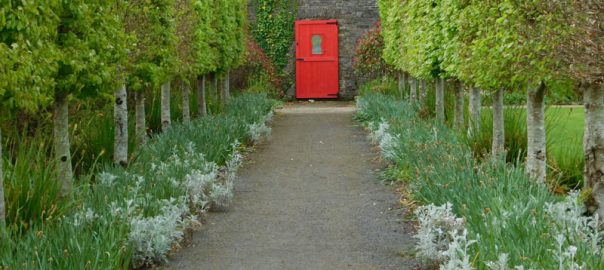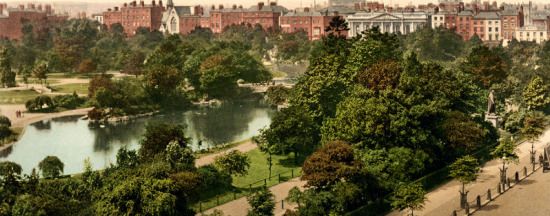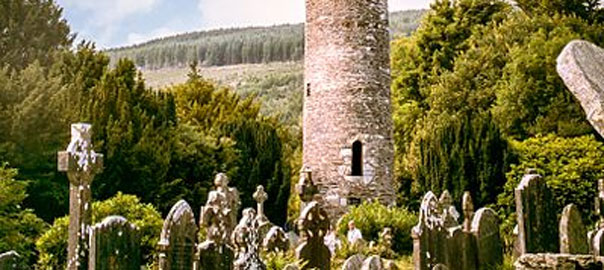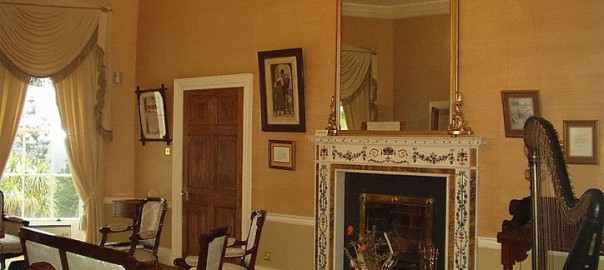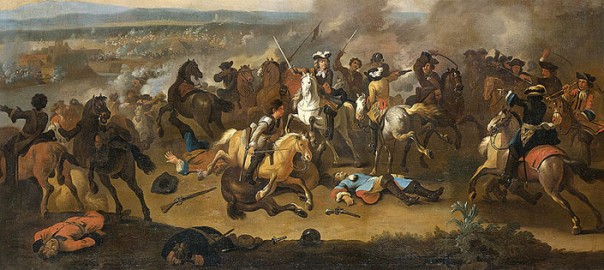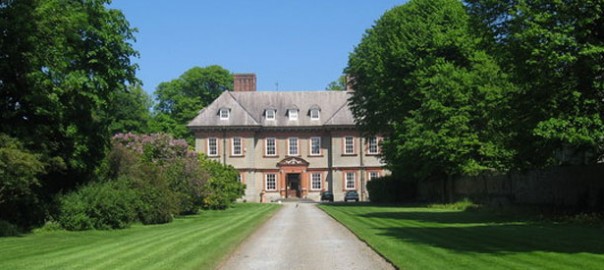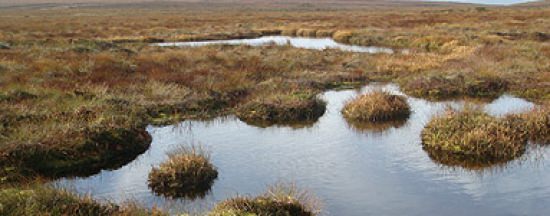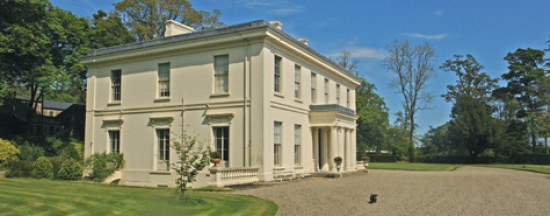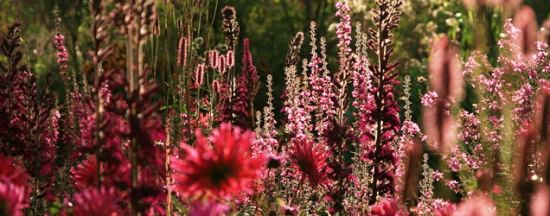The Battle of the Boyne Visitor Centre is located in the recently restored 18th century Oldbridge House, which is on the battle site. The Battle of the Boyne between King William III and his father-in-law, King James II, was fought on 1 July 1690 (11 July according to our modern calendar).
Both kings commanded their armies in person. William had 36,000 men and James had 25,000 – the largest number of troops ever deployed on an Irish battlefield. English, Scottish, Dutch, Danes and Huguenots (French Protestants) made up William’s army (Williamites), while James’ men (Jacobites) were mainly Irish Catholics, reinforced by 6,500 French troops sent by King Louis XIV. At stake were the British throne, French dominance in Europe and religious power in Ireland.
William’s camp was on the north side of the river. James’s was on the south side with the two armies facing each other. William’s battle plan was to trap the Jacobite army in a pincer movement. He sent 10,000 men towards Slane which drew the bulk of the Jacobities upstream in response. With 1,300 Jacobites posted in Drogheda, only 6,000 were left at Oldbridge to confront 26,000 Williamites. All the fighting took place on the south side of the river, as the vastly outnumbered Jacobites defended their position against the advancing Williamites. William himself crossed at Drybridge with 3,500 mounted troops.
The pincer movement failed. King James’s army retreated across the River Nanny at Duleek and regrouped west of the Shannon to carry on the war. Approximately 1,500 soldiers were killed at the Boyne.
There is an admission fee to the House. There is free access to the battle site, to the parklands and to the formal gardens. One can also visit displays of original and replica 17th Century weaponry, exhibitions, an audiovisual programme, and a walled garden.
Oldbridge House was built in the 1740’s by either John Coddington or his nephew Dixie Coddington. It is believed to have been designed by George Darley, a local mason architect who also designed the renovated Dunboyne Castle, Dowth House and The Tholsel in Drogheda, Co. Louth. To the left of the house there is a cobble stone stable yard with fine cut stable block. This originally contained coach houses, stables, tack and feed rooms. To the right of the house is a small enclosed courtyard which contains the former butler’s house which is not open to the public.
The Victorian walled garden has been recently restored, along with a glasshouse and a unique sunken octagonal garden. There is a Garden Exhibition in the Bothy. The garden facilities are open daily all year round and admission is free.
Optional self guiding walks are available through the core battle site and Oldbridge Estate. The use of these walks is free of charge. Several orientation panels and maps are located at the start and access points to the walks.
Opening Hours:
Open May – Sept daily 10am – 5pm;
Check the website for opening hours outside of the summer period.
Car Park and Main Gate locked two hours after closing times.
Free admission to the grounds and Walled Garden.
Ticket includes Visitor Centre, Audio Visual Show, original and replica 17th Century weaponry displays, laser battlefield model, tea pavilion, walled garden and self-guided walks through parkland and battle site.
Closed from 24 Dec – Jan 2.
Please note that the Visitor Centre, Main Gates & Car Park may be closed due to weather conditions. Contact the Visitor Centre or check the website to confirm any unplanned closures.
Contact & Pricing:
battleoftheboyne.ie
[email protected]
Tel: 041 980 9950
Oldbridge, Drogheda, Co. Meath
Adults €5; concessions
